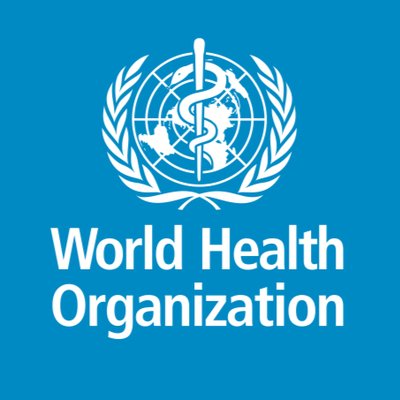Cervical cancer is one of greatest threats to women globally, killing more than 300,000 of them every year, according to World Health Organisation (WHO).
According to WHO, every minute, one woman is diagnosed. “Each death is a tragedy, and we can prevent it,” the agency says in a brief, stating that most of the women are not diagnosed early enough, and lack access to life-saving treatment much as studies have shown that prevention and early treatment of cervical cancer are also highly cost-effective.
It says nine in 10 women who die from cervical cancer are in poor countries like Uganda and that rising cervical cancer deaths is undermining health gains for women made in maternal health and HIV care. “Current disparity in survival from cervical cancer, which varies between 33-77 per cent, is unacceptable and can be minimized,” WHO says.
The agency is calling for accelerated progress especially to ensure that all girls globally are vaccinated against HPV and that every woman over 30 is screened and treated for pre-cancerous lesions. “To achieve that, we need innovative technologies and strategies. We must improve access to diagnosis and treatment of invasive cancers at their earliest stages and ensure that availability of palliative care for women who need it,” it says.
It says there must be strong health systems aimed at delivering universal health coverage, arguing that High-income countries have shown the way and that now is the time for global elimination.
Some the actions needed include vaccination against human papillomavirus, screening and treatment of pre-cancerous lesions, early detection and prompt treatment of early invasive cancers and palliative care. “This will require political commitment and greater international cooperation and support for equitable access, including strategies for resource mobilization,” WHO says.
Currently, most women diagnosed with cervical cancer are diagnosed with advanced cancers, where opportunity for cure is small. This compounded by lack of access to life-saving treatment in settings where the burden and need is highest.
Days ago Uganda’s state minister for Primary Health Care, Joyce Moriku Kaducu disclosed that over 21,000 cancer deaths were registered by the Kampala Cancer Registry in 2018.
According to current evidence, 30 per cent to 50 per cent of cancer deaths could be prevented by modifying or avoiding key risk factors such as tobacco use, excessive alcohol consumption, physical inactivity, unhealthy diets and obesity.
“The Ministry of Health has prioritized cancer control and is committed to ensuring that the communities are educated on how to prevent cancer and enabling access to cancer screening and treatment services including palliative care is available everywhere in Uganda,” Joyce Moriku Kaducu said.





